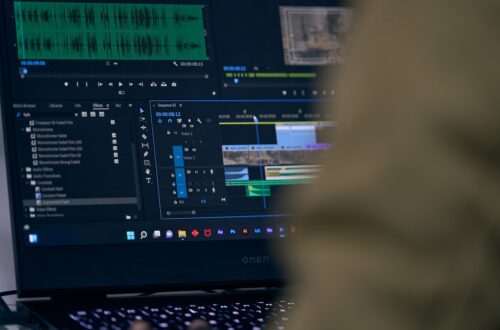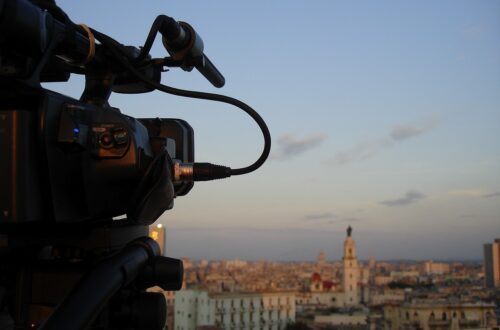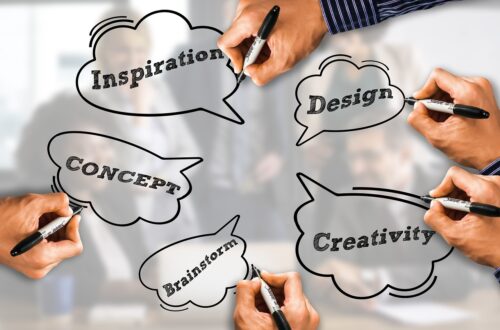Animation in Graphic Design: Bringing Your Creations to Life
In the ever-evolving landscape of graphic design, animation has emerged as a powerful tool to captivate audiences and bring static designs to life. By incorporating motion, designers can create dynamic and engaging visuals that tell a story, convey emotions, and enhance user experience. Here’s a comprehensive guide on how to effectively use animation in graphic design and why it’s an essential skill for modern designers.
The Power of Animation in Graphic Design
Enhancing Engagement
Animation grabs attention and keeps viewers engaged longer than static images. A well-crafted animation can draw users in, making them more likely to interact with the content and remember the message.
Telling a Story
Animations can effectively communicate complex ideas and narratives in a concise and visually appealing manner. By using motion, designers can guide viewers through a story, making the content more understandable and memorable.
Adding Personality
Motion adds personality to designs, making them more relatable and human. Whether it’s a playful bounce or a subtle fade, animation can convey the brand’s character and tone in a way that static images cannot.
Improving User Experience
In user interface (UI) and user experience (UX) design, animation can improve usability and navigation. Transitions, hover effects, and micro-interactions provide visual feedback, making interfaces more intuitive and enjoyable to use.
Types of Animation in Graphic Design
1. Motion Graphics
Motion graphics involve animating graphic elements to create engaging and informative videos. These are often used in marketing, explainer videos, and social media content to convey messages quickly and effectively.
2. UI/UX Animations
In UI/UX design, animations enhance user interactions and provide feedback. Common examples include button animations, loading spinners, and smooth transitions between pages or sections.
3. Character Animation
Character animation brings illustrations to life, adding personality and storytelling elements. This type of animation is often used in advertising, educational content, and entertainment.
4. Typography Animation
Animating text can make headlines, titles, and quotes more engaging. Techniques like kinetic typography (moving text) can emphasize key messages and create a dynamic visual impact.
5. GIFs and Looping Animations
GIFs and looping animations are popular on social media and websites for their ability to convey messages quickly and repetitively. These short, looping animations can be humorous, informative, or simply eye-catching.
Tools and Software for Animation
1. Adobe After Effects
Adobe After Effects is a leading software for creating motion graphics and visual effects. It offers a wide range of tools and features for animating graphic elements, making it a go-to choice for professional designers.
2. Blender
Blender is a powerful open-source 3D animation software. It’s ideal for creating complex 3D animations and visual effects, offering a comprehensive suite of tools for modeling, rendering, and compositing.
3. Adobe Animate
Adobe Animate (formerly Flash) is a versatile tool for creating vector animations. It’s suitable for web animations, interactive content, and character animations.
4. Cinema 4D
Cinema 4D is a professional 3D modeling, animation, and rendering software. It’s known for its user-friendly interface and powerful features, making it a popular choice for motion graphics and visual effects.
5. Lottie
Lottie is a library for rendering animations in real-time on mobile apps and websites. It allows designers to export animations from After Effects as JSON files, which can be easily integrated into digital projects.
Best Practices for Using Animation in Graphic Design
Keep It Purposeful
Ensure that every animation serves a purpose, whether it’s to guide the user, highlight important information, or enhance the overall experience. Avoid using animation for the sake of it, as unnecessary motion can be distracting.
Focus on Timing and Easing
The timing and easing of animations play a crucial role in creating smooth and natural motion. Use easing functions to make animations feel more organic and less mechanical.
Maintain Consistency
Consistency in animation style, speed, and behavior is essential for a cohesive design. Establish animation guidelines to ensure uniformity across different elements and interactions.
Optimize for Performance
Animations can be resource-intensive, so it’s important to optimize them for performance. Compress files, use efficient code, and test animations on various devices to ensure they run smoothly.
Test and Iterate
User feedback is invaluable for improving animations. Test your animations with real users, gather feedback, and make necessary adjustments to enhance the user experience.
Conclusion
Animation in graphic design is a powerful tool that can elevate your work, making it more engaging, memorable, and impactful. By understanding the different types of animation, utilizing the right tools, and following best practices, you can bring your creations to life and captivate your audience. As the demand for dynamic and interactive content continues to grow, mastering animation will become an increasingly valuable skill for designers in 2024 and beyond.




